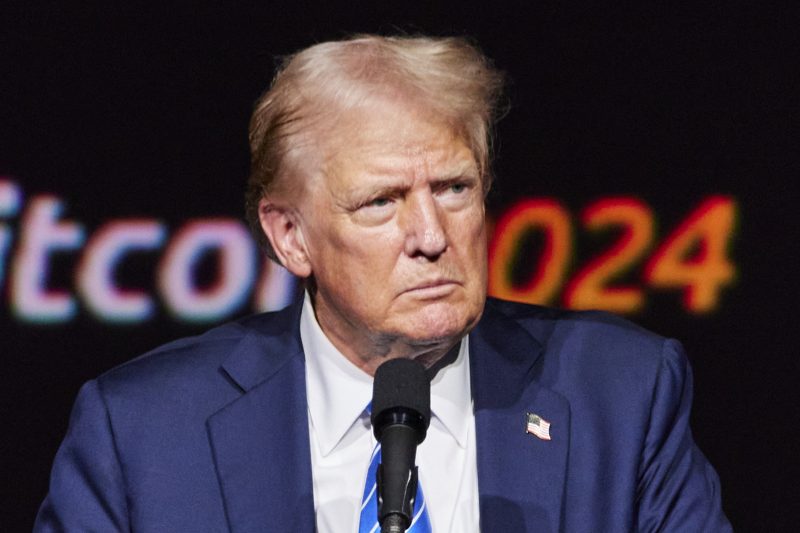
Trump’s Barrage of Deceptions: Unraveling the Truth on Debt and Taxes
As one delves deeper into Donald Trump’s particularly vociferous narrative concerning debt and taxes, it becomes increasingly challenging to separate facts from mere rhetoric. Trump, during his presidency and even after, has exhibited a penchant for bold statements that often appear to conflict with verifiable data or established understanding. It’s an intriguing exercise to analyze some of Trump’s most prominent assertions related to debt and taxes, thus shedding a spotlight on the extent of their veracity or lack thereof.
One of his consistent claims has been that he’s the mastermind behind ‘the greatest tax cut in history.’ While the Tax Cuts and Jobs Act (TCJA) of 2017, the largest tax overhaul in 30 years, was indeed a significant legislative achievement, it’s misleading to label it as the greatest in history. When looked at as a percentage of GDP, the TCJA ranks as the eighth largest tax cut since 1918, trailing behind tax cuts implemented by Presidents John F. Kennedy, Lyndon B. Johnson, Ronald Reagan, and even his predecessor, Barack Obama.
Another statement Trump frequently reiterates is the claim about ‘paying off the national debt.’ During his 2016 presidential campaign, Trump promised to reduce the national debt, then at $19 trillion, within eight years. However, the reality has proven quite the contrary. By the end of his term, the national debt had surged to $27.7 trillion, marking an increase of over 39%. This substantial rise can be attributed to policy choices, including the tax cuts and increased spending on defense and domestic programs, but also to the COVID-19 pandemic that necessitated massive fiscal stimulus measures.
Adding to the list of conflicting assertions, Trump claimed his tax cuts would pay for themselves. Economic theory, as well as historical precedent, however, dispute this contention. The Laffer curve, often cited to validate this point, contends there’s a revenue-maximizing tax rate, and cutting rates beyond this point would lead to lower revenues. Empirical evidence demonstrates that tax cuts rarely, if ever, pay for themselves. Data from the Congressional Budget Office suggests that the post-TCJA revenue shortage might be as high as $1.9 trillion over a decade, far from the self-financing tax cut pitched by Trump.
Trump’s rhetoric on the trade deficit also warrants scrutiny. He insisted that the trade deficit would shrink under his presidency. In reality, the trade deficit in goods reached its highest level ever in 202
